Kaiku turns fruit and vegetable waste into natural pigments
Imperial graduate Nicole Stjernswärd has invented Kaiku, a system that turns plants into powdered paint pigments using vaporisation technology.
Avocados, pomegranates, beetroots, lemons and onions are just some of the fruits and vegetables that can be placed into Kaiku and turned into the raw material for paints, inks and dyes.
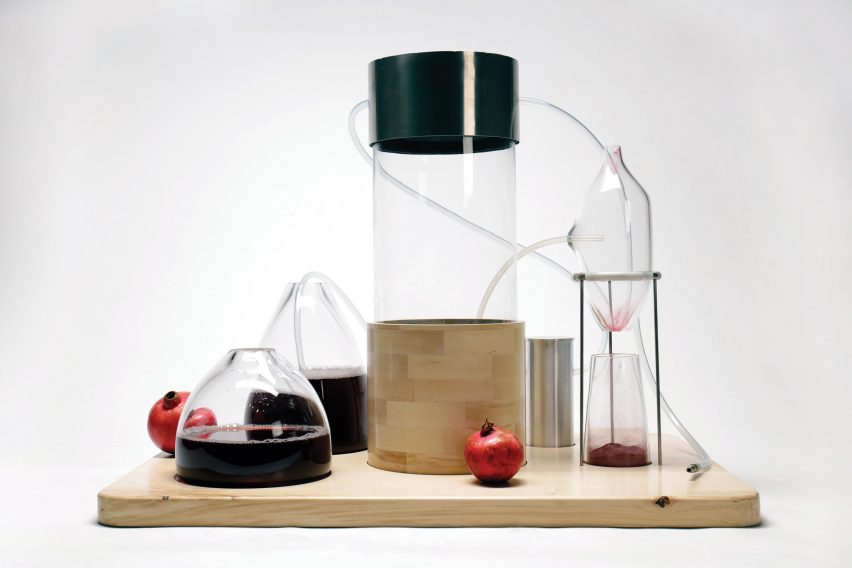
Skins and peels are boiled in water to produce a dye, which is transferred to a reservoir in the Kaiku system. Along with hot, pressurised air this dye is forced through an atomising nozzle into a glass vacuum chamber.
The fine mist produced is hot enough that it vaporises almost instantly, and the dry particles are pulled through the chamber and into the collection reservoir.
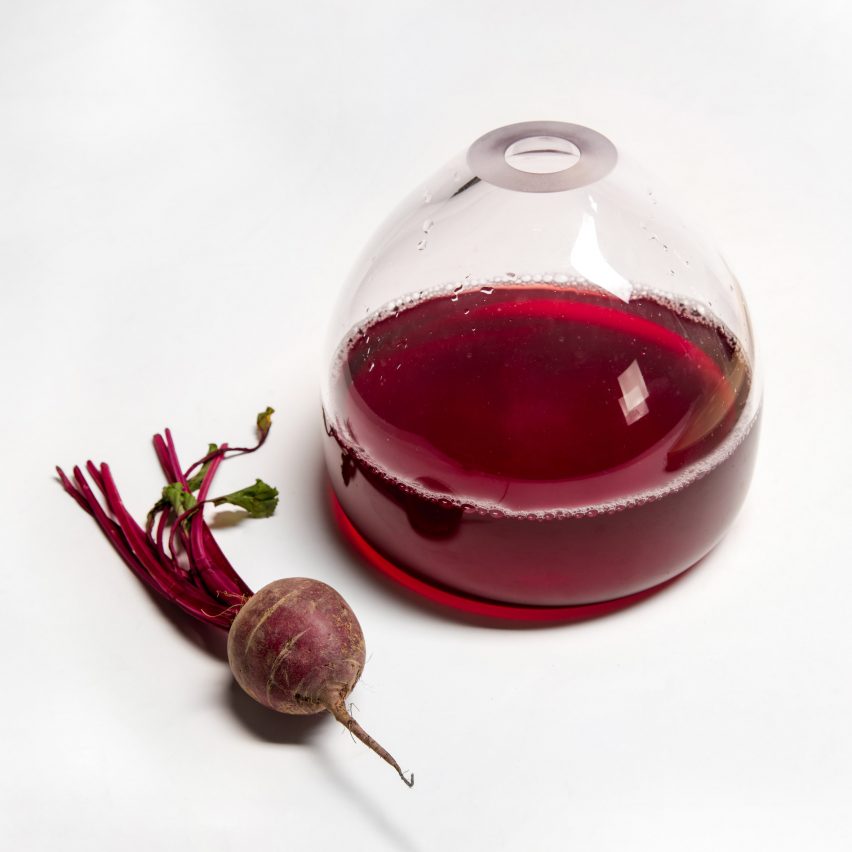
Stjernswärd designed Kaiku to offer a natural alternative to using artificial pigments that can often be toxic.
"By transitioning to natural based pigments, it will be easier for us to recycle products and make them more circular," Stjernswärd, who studied at Imperial College London and the Royal College of Art, told Dezeen.
"Since many synthetic pigments today are toxic or made of ambiguous materials, colour is typically considered a 'contamination' in the Circular Economy principles," she added. "I hope to change this paradigm."
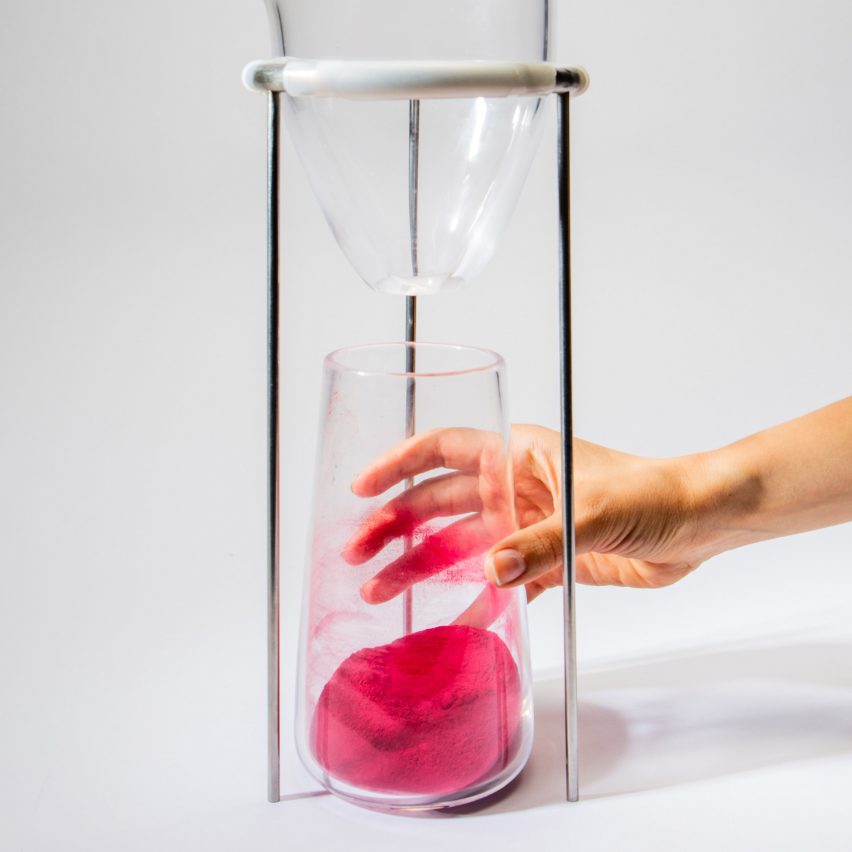
Stjernswärd began her project by interviewing artists and meeting with David Peggie, a chemist who works at London's National Gallery, to better understand the paint pigments used by both the old masters of art history and contemporary painters.
Originally pigments were derived from nature, such as blues from lapis lazuli stones, yellows from ochre clay and reds from the crushed up wings of beetles. Vegetables such as onions were traditionally used to dye fabrics.
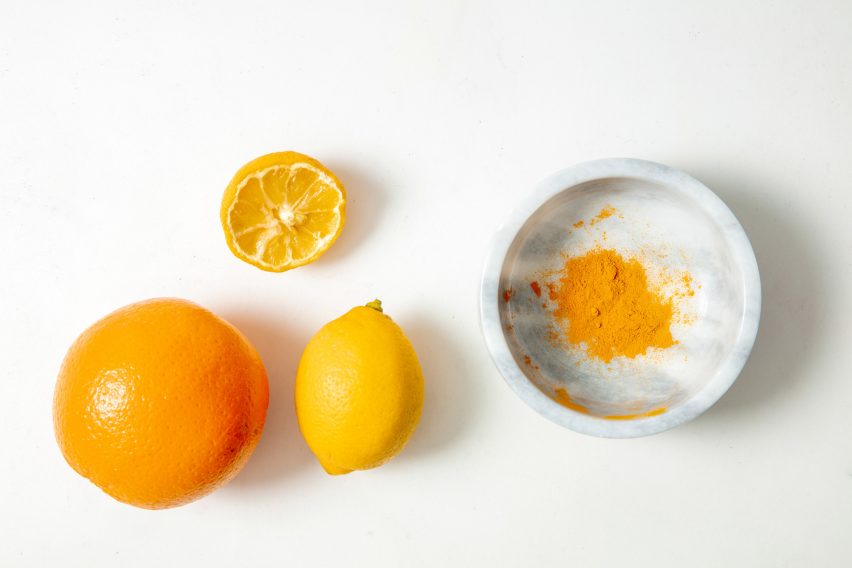
These methods have fallen out of fashion with industrialisation and the introduction of cheaper pigments derived from petrochemicals. But the effect on people and the environment can be disastrous.
Paints can release petrochemicals into the air long after they have dried, causing respiratory problems and harming the ozone layer. Industrial effluent containing synthetic dyes leaches into the water system, poisoning aquatic life and posing a major health hazard to humans.
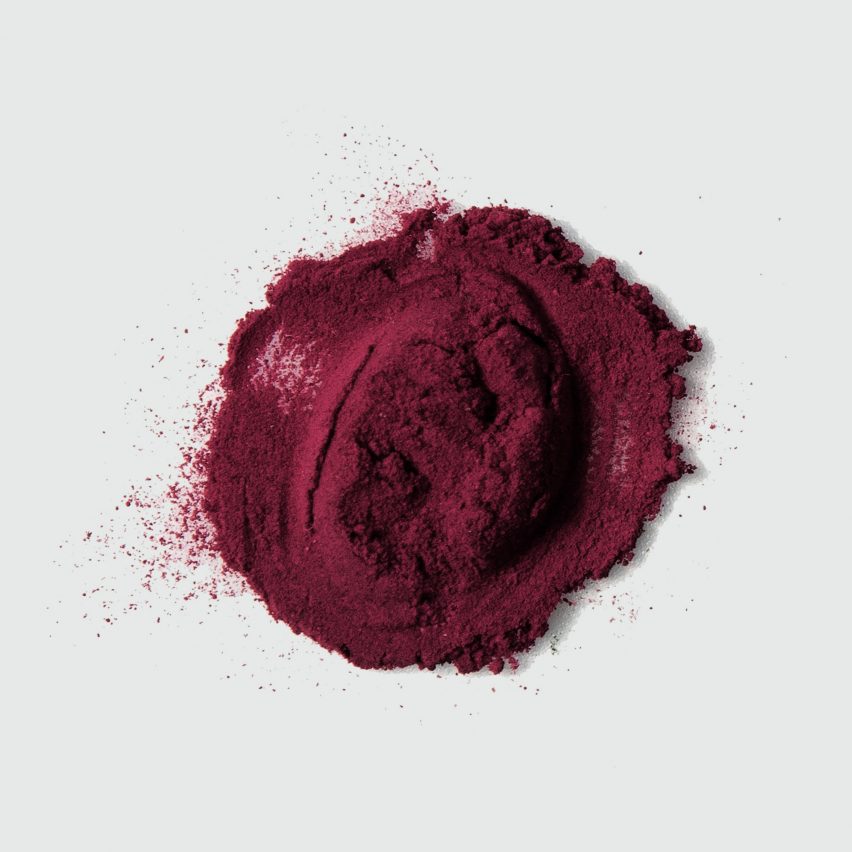
Kaiku offers an alternative system that uses food waste that would otherwise rot in landfill to produce non-toxic pigments.
"Because the pigments are dry powder, this means they can be used as an additive in almost any paint recipe," said Stjernswärd.
"As a paint, I have successfully tried them with egg tempera, watercolour and inks. In terms of materials, I've tried them with agar bioplastics, bacterial cellulose, paper, fabric, plaster, and wood veneer. I could see applications with biomaterials, traditional artist's paints, printer inks, pen inks, and even cosmetics."
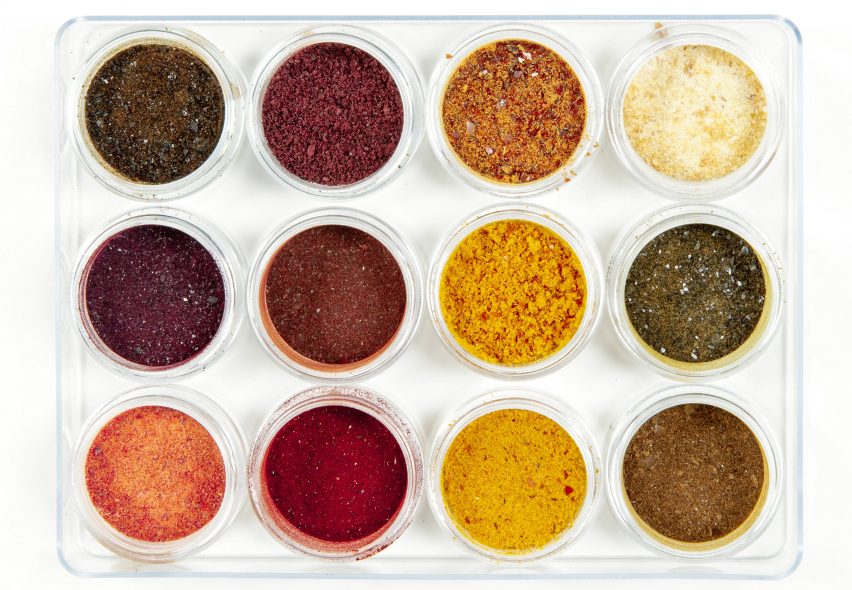
Because they contain tannins, avocado skins and peels produce a ruby-red dye that appears orange as paint or dyes fabric a pinky-blush colour.
Pomegranates and onions make a yellow dye, and adding vinegar or baking soda to the dye is a way of modifying the resulting colours.
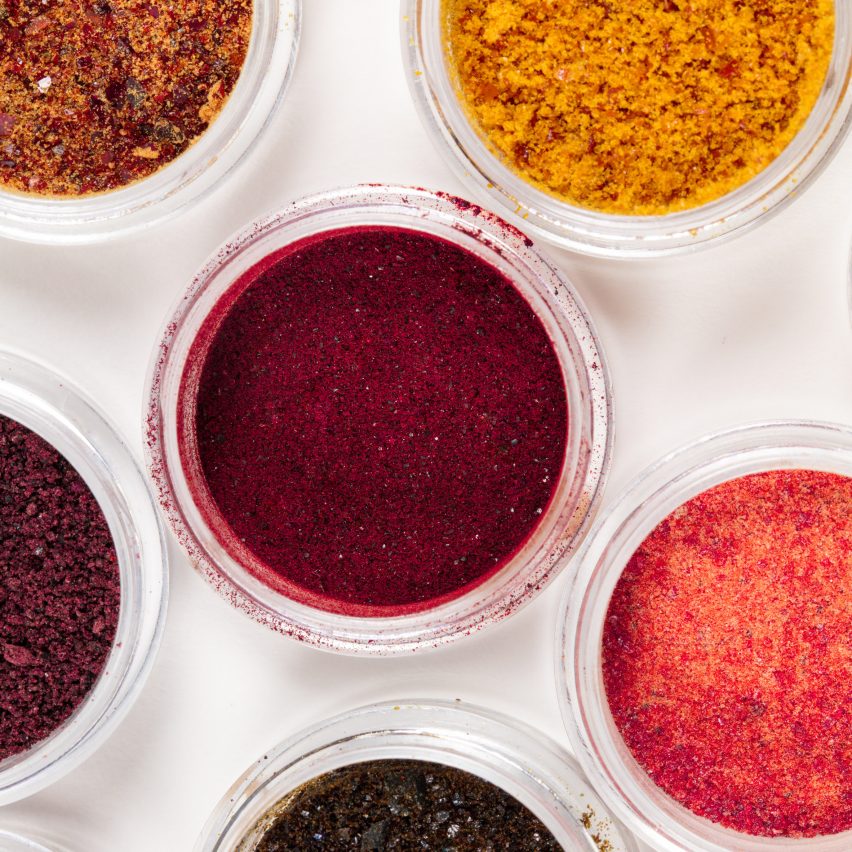
Stjernswärd is working with painters and textile designers to test ways to use the pigments. Kaiku means echo in Finnish, the language of her grandmother.
"The name speaks to the inherent value within the pigments, which, compared to conventional colours are normally treated as inert things without a story or past," she said.
"These colours sometimes behave in surprising ways, which makes you remember they came from living plants."
Sustainable materials are a major theme for design graduates this year, who have produced a system that grows mushrooms from used coffee grounds, and a filter that turns household cooking waste oils and fats into soap.